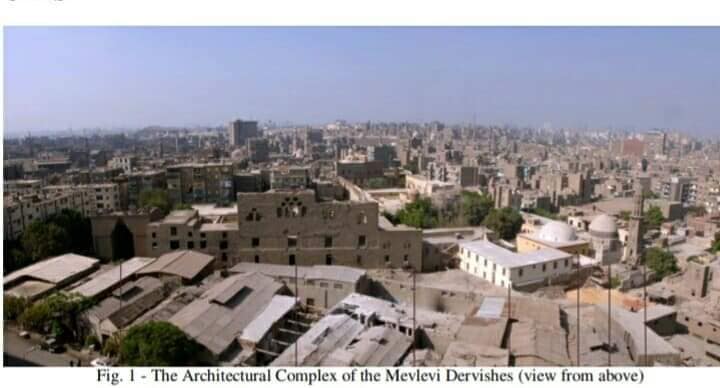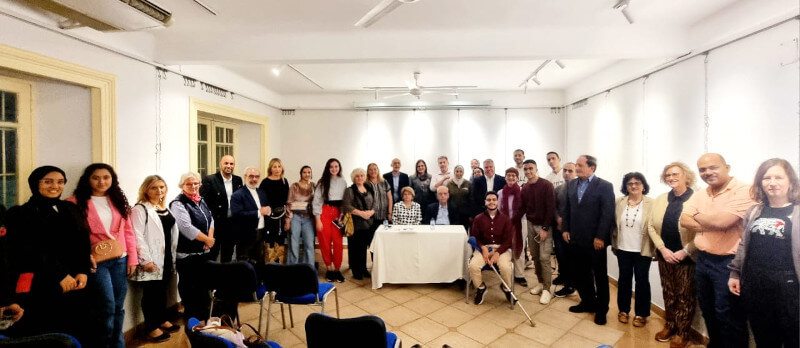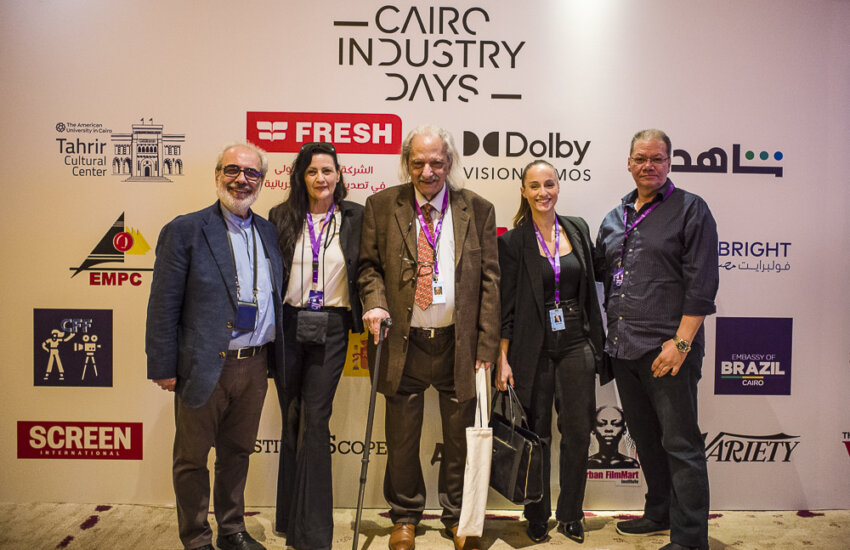The complex of the Mevlevi Dervishes
Nevine Ezzat
A jewel of Islamic architecture, the complex of the Mevlevi Dervishes offers a wonderful example of a Sama “khana (room for listening to the harmony of the cosmos).
The Samakhana was part of one of the largest monumental complexes in Cairo – abandoned since 1945 – including the Tekeyya (the Convent) of the Mevlevi dervishes, the Madrasa (the Koranic school) of Sunqur Sa’adi, the mausoleum of Hasan Sadaqa and the Qusun-Yashbak-Aqbardi Palace (the names are those of the owners who owned it and gradually expanded it).
Located at the foot of the Citadel in the heart of Islamic Cairo, and near the Sultan Hassan Mosque.
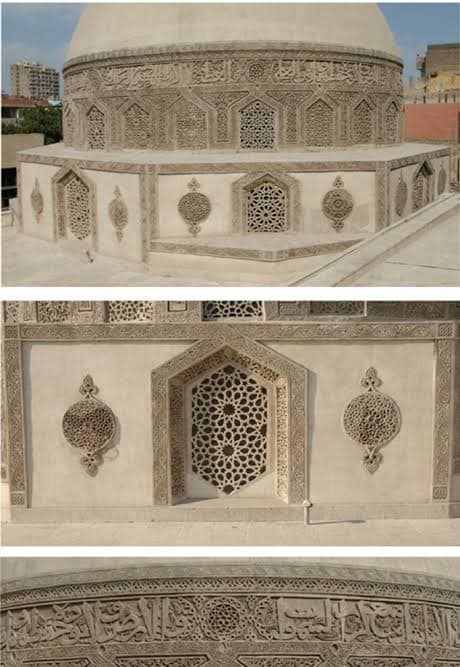
In this area of over 10 thousand square meters, Prince Sunqur Sa’adi, dedicated to Sufism and the arts, had the madrasa with a «ribat» (a hospice for orphans, widows and elderly women) built in 1315 and also the mausoleum for his burial. Sunqur Sa’di was a «nakib» (representative) of the Mamluk sultans and had also founded a village with a mosque and a mill that still exist today halfway between Cairo and Alexandria. Sunqur Sadi’s desire to be buried in the mausoleum he had built was not, however, realized. Thus, his splendid tomb was used years later by Sheikh Nasr el-Din Sadaqa and his nephew Hasan Sadaqa from whom the mausoleum takes its current name.
After the Ottoman conquest, the monumental complex was donated in 1607 to the Mevlevi Dervishes; when the Order was at its peak. The Mevlevi – at the time – obtained from the complex an architectural ensemble that describes their lifestyle: the cult area with the Samakhana and the Mausoleum, the area of monastic life in the cells surrounding the garden, the area of daily activities in common and the public area with the reception areas for pilgrims.
Upon the arrival of the Mevlevi leader Jalal El Din El Rumi and his followers after the Ottoman Conquest in Egypt, they made this area as a center for them.
The complex has undergone a long process of restoration that started in 1979 under Giuseppe Fanfoni, director of the Italian-Egyptian Center for Restoration and Archeology (CIERA) as an NGO branch of the Rome CFPR (Professional Training Centre for Restoration) in Egypt.
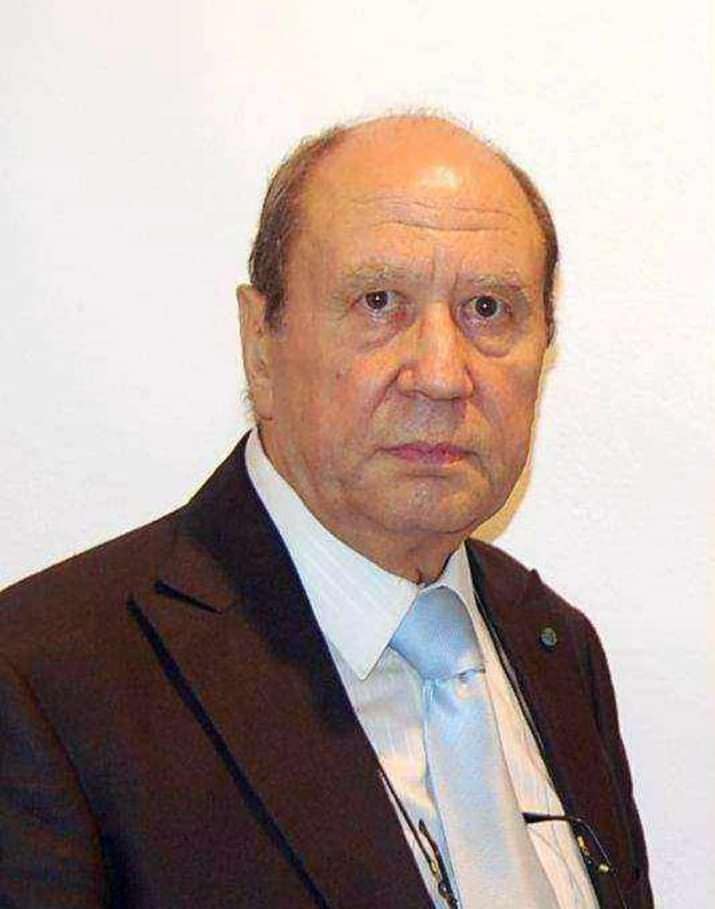
At the time, Giuseppe Fanfoni had been invited to Cairo to teach a course on restoration at Cairo University. Carla Burri, former director of the Italian Institute of Culture, had seen and greatly admired the Samakhana. She requested Fanfoni to help restore the area.
The restoration of the Mevlevi Dervishes complex has created a generation of restoration experts, bricklayers, carpenters as well as administrators in various Egyptian universities, who participated in the restoration work based on practical methods that aim at teaching while working.
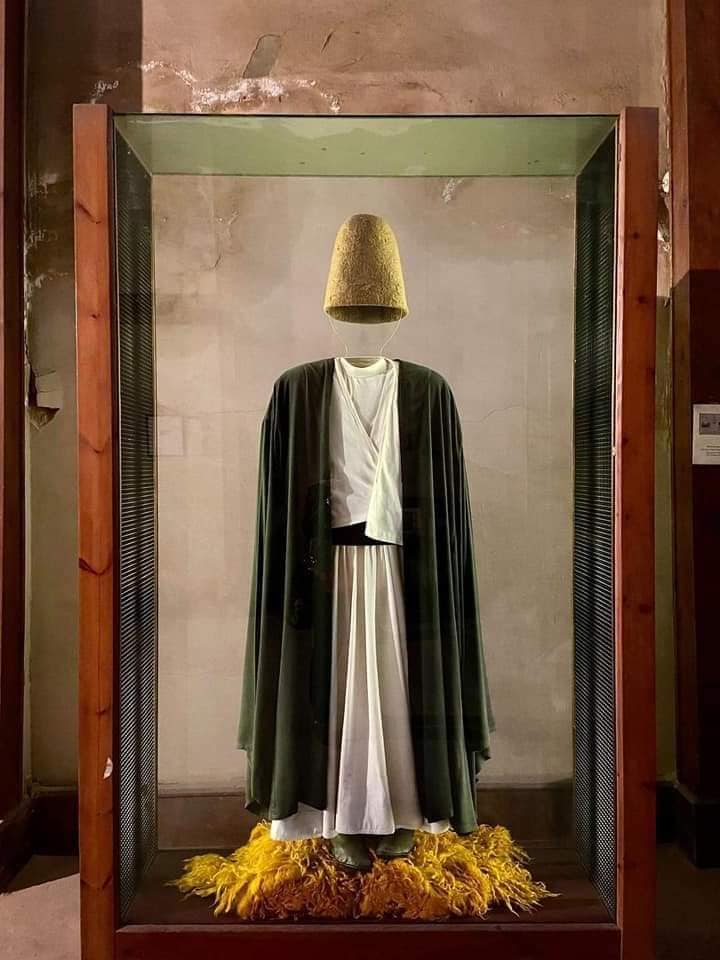
The Samakhana is a complex circular dance in an anticlockwise direction originating from listening to the «cosmic sound» and inscribed in a specific architectural space of which the nineteenth century Samakhana of Cairo is the latest and highest representation.
«The Samakhana of Cairo documents the maximum expression of geometric and cosmological symbolisms that define the functions and proportions of the architectural space in which the mystical dance of the Mevlevi takes place, and was the last to remain in operation even after the dissolution of the Dervishes with the edict of Ataturk of 1925 ”. And which today – in spite of the neglect of time and men – is revived thanks to the patient work of the Italian scholar.
In this domed place, the Dervishes performed weekly, on the Friday evening .
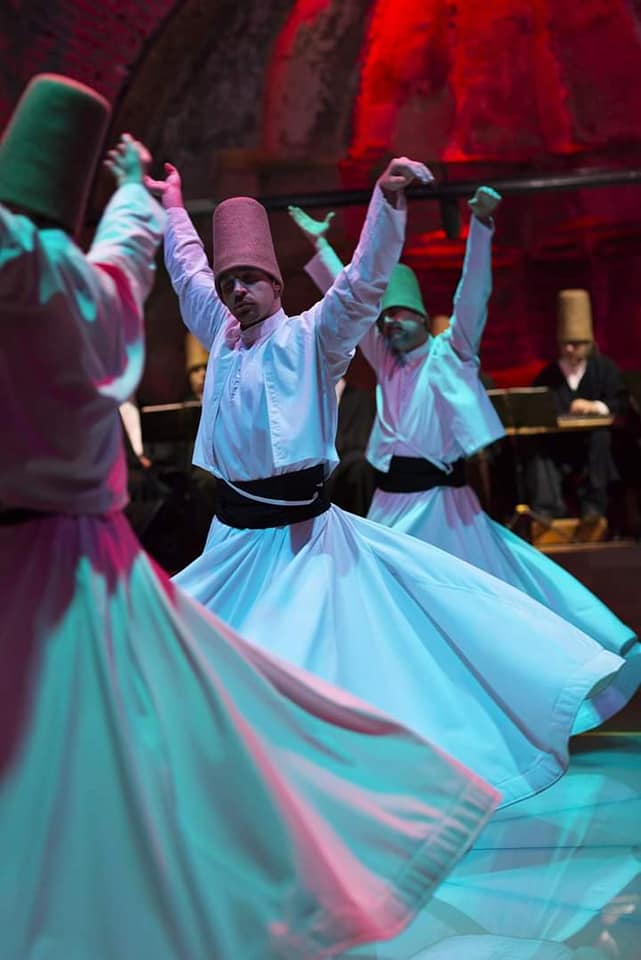
During the restoration works, Fanfoni noticed that the wall inside the Samakhana extended deeply into the ground. Therefore, he suspended the restoration works to start archaeological excavations that uncovered the Madrasa of Sunqur Sadi (the Islamic School of Sunqur Sadi).
The archaeological excavation revealed the central courtyard of the Madrasa, which was originally open-air with brick floors. It was surrounded by four rooms presumably arranged on three floors, of which only one was preserved.
On the same level of the Madrasa, and separated from it by a full-length window, there is the mausoleum of Hasan Sadaqa. Square-shaped and surmounted by a wonderful dome, the mausoleum preserved four wooden sarcophagi covered by cloth according to the traditions of the dervishes. The biggest sarcophagus with inscriptions belongs to Hasan Sadaqa, while the one in the center originally contained the mortal remains of Sunqur Sadi, the reason why the mausoleum is also named after him.
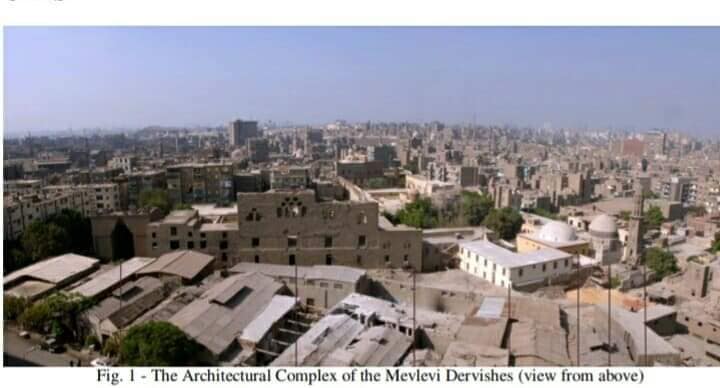
Twice a year, dervishes come from Turkey to perform.
https://www.ilmessaggero.it/…/egitto_cairo_giuseppe…

